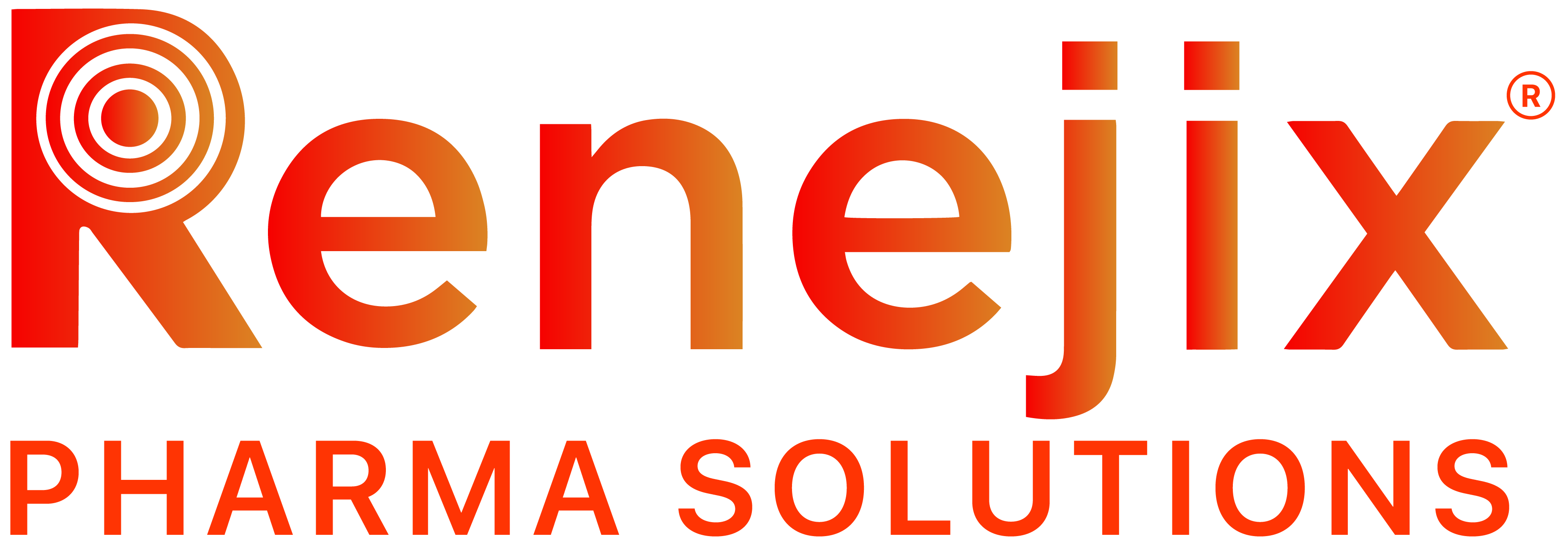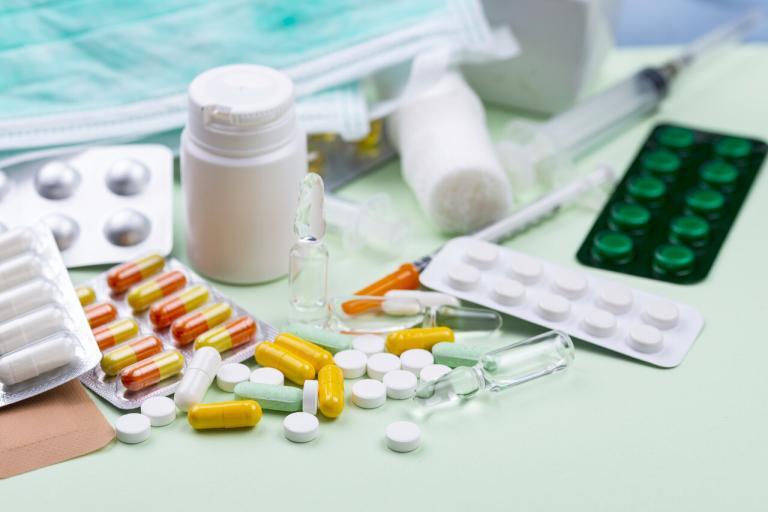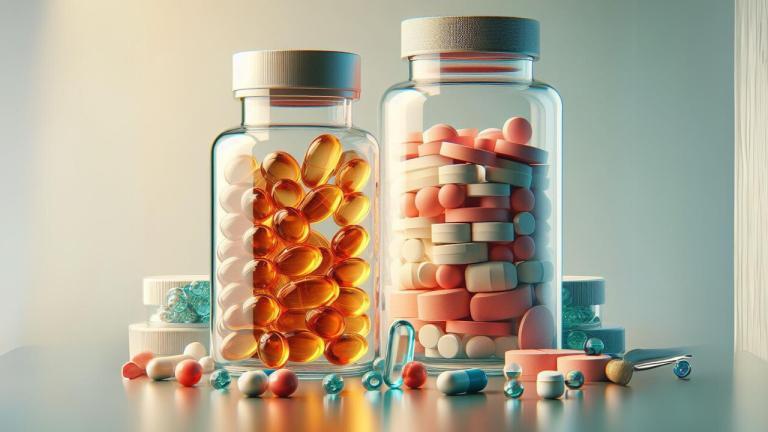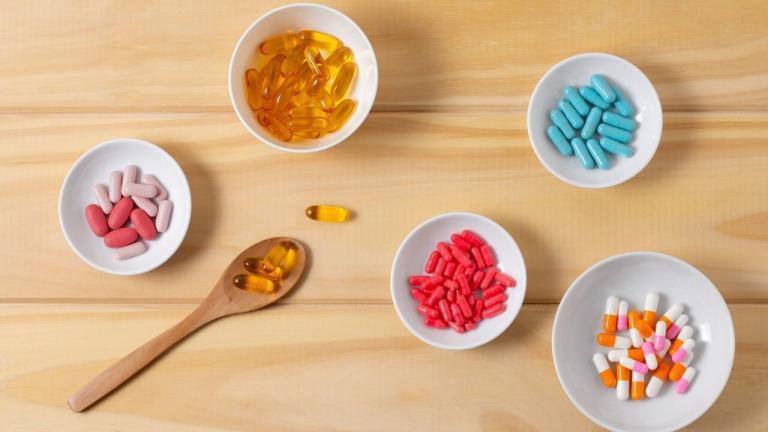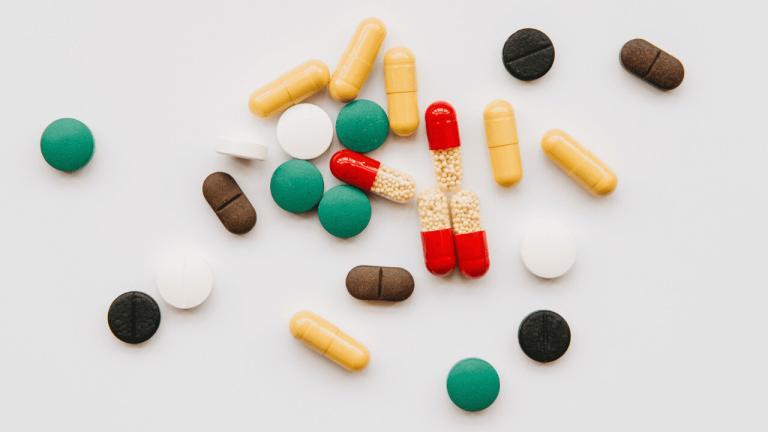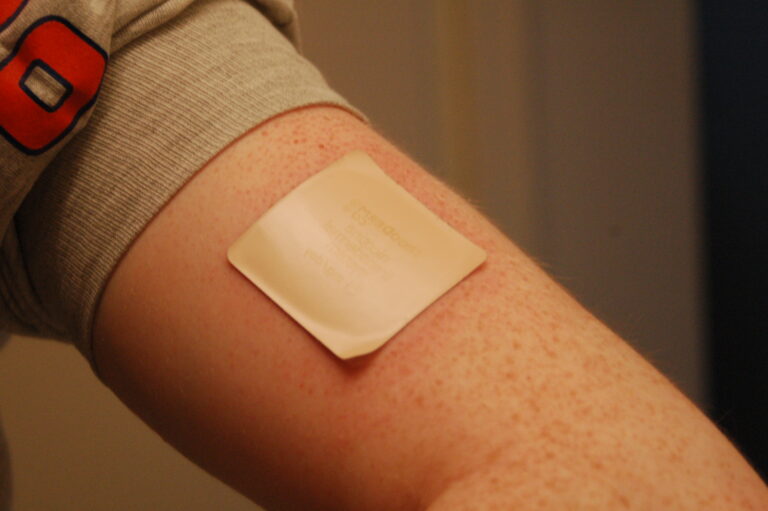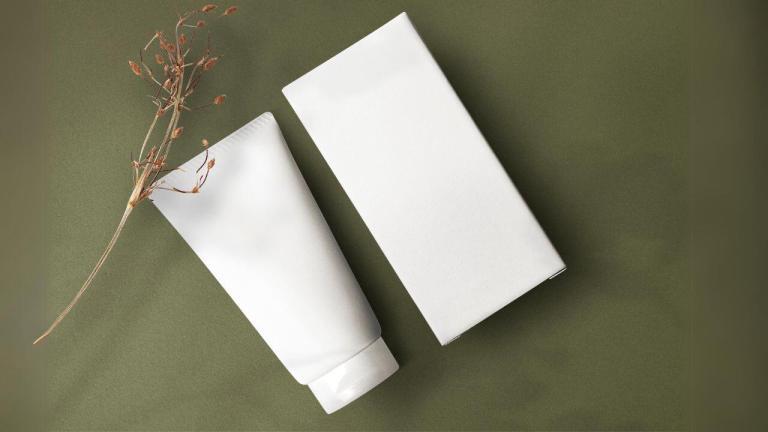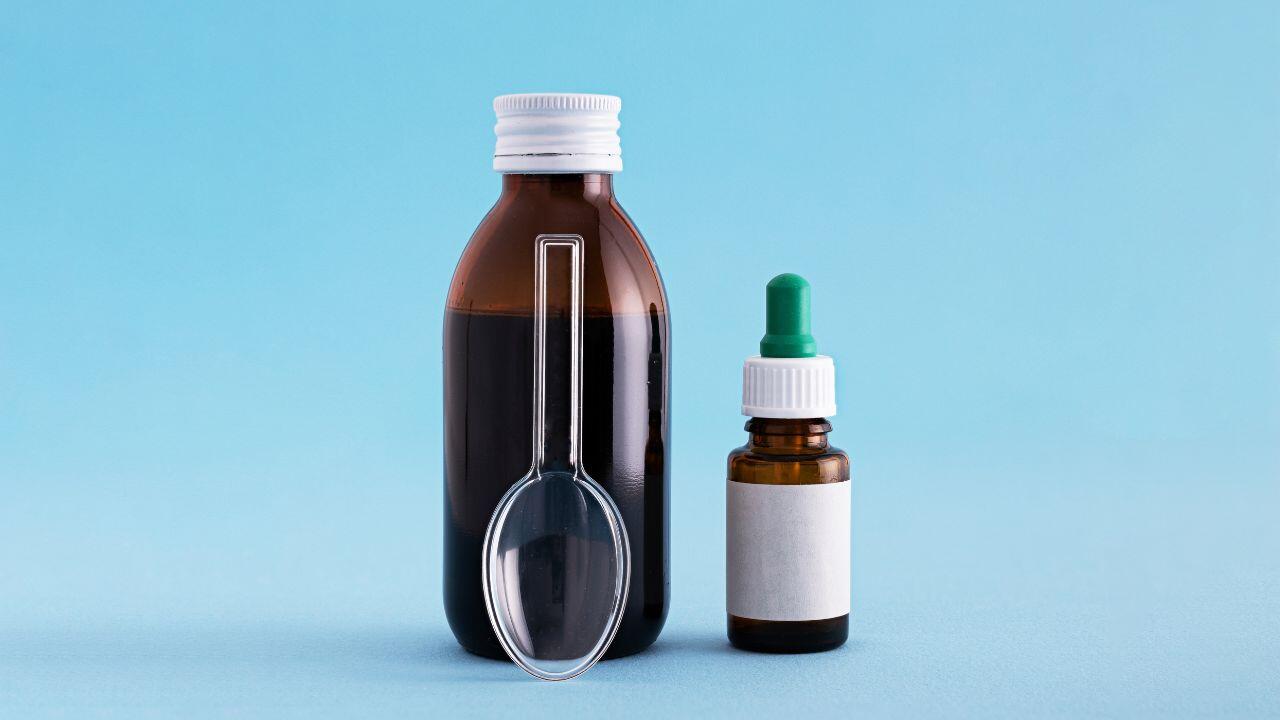
Oral suspensions and oral solutions are commonly used pharmaceutical formulations for the administration of medications. They provide a convenient and effective way to deliver drugs, especially for individuals who have difficulty swallowing tablets or capsules. In this detailed guide, we will explore the various types of oral suspensions and oral solutions, their characteristics, and their applications.
What are Oral Suspensions & Oral Solutions?
Oral suspensions and oral solutions are two types of liquid dosage forms used for oral administration of medication.
An oral suspension is a liquid mixture in which the active ingredient is dispersed in a liquid base but not completely dissolved. The particles of the medication are suspended throughout the liquid and may settle over time, requiring shaking before use to ensure a uniform dose. Oral suspensions are often used when the drug is insoluble or unstable in a fully dissolved form.
An oral solution, on the other hand, is a clear, homogenous liquid where the active ingredient is completely dissolved in a suitable solvent. Because the medication is in a dissolved state, it does not need to be shaken before use, ensuring consistent dosing.
Both oral suspensions and solutions are designed to make it easier to swallow medication, especially for those who have difficulty swallowing pills or tablets, such as children or elderly patients. They may also be flavored to improve taste. The global oral suspensions market was valued at $2.6 billion in 2022, and is expected to grow at a compound annual growth rate (CAGR) of 6.5% over the forecasted years. The oral syringes market is projected to reach $7.3 billion by 2031, with a CAGR of around 6% between 2021 and 2031.
Types of Oral Suspensions & Oral Solutions
Oral Suspensions
- Reconstitutable Suspensions: These are dry powders that are mixed with a specified amount of water at the time of dispensing to form a suspension. They are used to extend the shelf life of drugs that are unstable in liquid form.
- Ready-to-Use Suspensions: These suspensions are supplied in a liquid form and are ready for administration without the need for reconstitution.
- Micro-Suspensions: These contain finely divided drug particles, often in the range of 1-10 micrometers. They are used to enhance the rate of dissolution and absorption of poorly soluble drugs.
- Nanosuspensions: These are submicron colloidal dispersions of nanoparticles, typically used to improve the solubility and bioavailability of drugs.
- Colloidal Suspensions: These contain particles that are in the colloidal size range (1-1000 nm) and are used for drugs that require very fine dispersion for better absorption.
Oral Solutions
- Aqueous Solutions: These are solutions where water is the solvent. They are the most common type of oral solutions due to the good solubility of many drugs in water.
- Hydroalcoholic Solutions: These contain a mixture of water and alcohol as solvents and are used for drugs that are not fully soluble in water alone.
- Elixirs: These are clear, sweetened hydroalcoholic solutions intended for oral use. They are often used to dissolve substances that are not easily soluble in water.
- Syrups: These are concentrated, aqueous solutions of sugar or sugar substitutes with or without flavoring agents and medicinal substances. They are often used as vehicles for pediatric formulations.
- Tinctures: These are alcoholic or hydroalcoholic solutions prepared from vegetable materials or from chemical substances. They are typically more potent than elixirs and are used in smaller doses.
Specialized Oral Solutions and Suspensions
- Pediatric Formulations: These are specifically designed for children and are often flavored to improve palatability. They require careful consideration of dosage and safety.
- Geriatric Formulations: These are tailored for elderly patients who may have difficulty swallowing or digesting solid dosage forms.
- Controlled-Release Suspensions: These are designed to release the drug slowly over an extended period, reducing the frequency of dosing.
- Oral Rehydration Solutions (ORS): These are used to treat dehydration, especially in cases of diarrhea. They contain a precise balance of electrolytes and glucose to facilitate water absorption.
- Medicated Mouthwashes and Rinses: These are solutions used for treating conditions of the mouth and throat, such as gingivitis or sore throat.
Here’s a table summarizing the key differences between oral suspensions and oral solutions:
| Feature | Oral Suspensions | Oral Solutions |
| Physical State | Heterogeneous mixture with solid particles suspended in liquid | Homogeneous liquid with the drug completely dissolved |
| Clarity | Opaque or cloudy due to suspended particles | Clear and transparent |
| Preparation | May require shaking before use to redistribute particles | Ready to use without needing to shake |
| Solubility of Drug | Drug is not fully soluble in the liquid base | Drug is fully soluble in the liquid base |
| Stability | May have stability issues due to particle settling | Generally more stable as the drug is in solution |
| Dosage Accuracy | Can vary due to settling of particles | More accurate as the drug is uniformly distributed |
| Taste | Taste masking may be more challenging | Easier to mask taste as the drug is in solution |
| Bioavailability | Can vary depending on the particle size and formulation | Usually consistent as the drug is already in dissolved form |
| Viscosity | Generally higher due to suspended particles | Lower compared to suspensions |
| Storage and Handling | May require special conditions to prevent settling or changes | Usually simpler to store and handle |
Factors Influencing the Choice of Oral Suspensions and Solutions
- Solubility: The solubility of the drug in the chosen solvent is a key factor in determining whether an oral solution or suspension is appropriate.
- Stability: Some drugs are more stable in suspension form, while others are more stable in solution.
- Bioavailability: The choice between a suspension and a solution can impact the rate and extent of drug absorption.
- Patient Compliance: Taste, ease of swallowing, and dosing frequency can affect patient compliance and influence the choice of formulation.
- Dosage Accuracy: Solutions generally offer more accurate dosing compared to suspensions, which can settle over time.
Regulatory Aspects and Packaging Considerations
Regulatory aspects and packaging considerations are critical for ensuring the safety and efficacy of liquid oral dosage forms. These dosage forms are classified as having a moderate risk regarding packaging interactions, which necessitates careful regulatory oversight.
The FDA’s Container Closure Guidance and USP <1664> provide a framework for evaluating the risk associated with packaging interactions for oral solutions and suspensions. For aqueous-based formulations, minimal chemical or biological testing is typically required. However, the presence of co-solvents in the drug product can increase the potential for extractables, necessitating more comprehensive testing to ensure the safety of the packaging materials.
The European Medicines Agency (EMEA) adopts a more stringent approach, requiring extensive testing for packaging systems. This includes extraction studies to identify any chemicals that might leach from the packaging into the product, migration studies to assess the movement of substances from the packaging into the drug product, and toxicological assessments to evaluate the potential health risks associated with these interactions.
US Pharmacopeia (USP) provides specific chapters that outline the testing requirements for the selection and qualification of packaging materials and systems. USP <660> focuses on glass containers, ensuring they meet the necessary standards for pharmaceutical use. USP <661.1> and <661.2> pertain to plastic materials, providing guidelines for evaluating their suitability for packaging pharmaceutical products. USP <381> addresses elastomeric closures, such as rubber stoppers, ensuring they do not interact negatively with the drug product.
Drugs That Are Administered Through Oral Suspensions & Oral Solutions
Drugs can be administered through various routes, each with its own advantages and disadvantages, depending on the specific drug, the condition being treated, and the patient’s needs. Here are some common routes of drug administration:
- Oral: This is the most common route of administration, where drugs are taken by mouth in the form of tablets, capsules, liquids, or suspensions. It is convenient and generally safe, but drug absorption can be affected by food, gastrointestinal pH, and other factors.
- Intravenous (IV): Drugs are injected directly into a vein, providing rapid onset of action. This route is used for drugs that need to act quickly or cannot be absorbed from the gastrointestinal tract.
- Intramuscular (IM): Drugs are injected into a muscle, where they are absorbed into the bloodstream. This route is used for vaccines, hormones, and some antibiotics.
- Subcutaneous (SC): Drugs are injected into the layer of fat just beneath the skin, providing slower absorption than IM injections. It is commonly used for insulin and some vaccines.
- Inhalation: Drugs are breathed in through the mouth or nose, directly reaching the lungs. This route is used for asthma medications, inhaled anesthetics, and some other respiratory treatments.
- Topical: Drugs are applied directly to the skin or mucous membranes, such as creams, ointments, eye drops, or nasal sprays. This route is used for localized treatment of conditions like skin infections or allergies.
- Transdermal: Drugs are administered through patches applied to the skin, allowing slow and steady absorption into the bloodstream. This route is used for nicotine replacement therapy, pain management, and hormone replacement therapy.
- Rectal: Drugs are administered as suppositories or enemas into the rectum. This route is used when oral administration is not possible, such as with vomiting or unconscious patients.
The manufacturing process of oral suspensions and oral solutions involves several critical steps to ensure the quality, safety, and efficacy of the final product. Let’s delve into the details of how these liquid dosage forms are produced.
Oral Suspensions
Preparation of the Vehicle: The liquid base or vehicle, usually water, is prepared by purifying and deionizing it to meet pharmaceutical standards.
Dispersion of Active Pharmaceutical Ingredient (API): The API is dispersed in the vehicle using mechanical agitation, such as high-speed mixers or homogenizers, to create a uniform distribution of solid particles.
Addition of Excipients: Various excipients are added to the dispersion:
- Suspension Agents: These agents, such as xanthan gum or cellulose derivatives, help keep the drug particles uniformly dispersed and prevent settling.
- Viscosity Enhancers: Substances like glycerin or propylene glycol are added to control the flow properties and ensure the suspension remains stable.
- Sweeteners and Flavorings: These are added to improve the taste and palatability of the suspension.
- Preservatives: To prevent microbial growth, preservatives such as methylparaben or sodium benzoate are added.
Homogenization: The mixture undergoes further homogenization to ensure even particle distribution and to reduce particle size for better stability.
Adjustments: The pH of the suspension may be adjusted for optimal stability and compatibility with the API. The final volume is adjusted to ensure accurate dosing.
Filling and Packaging: The suspension is filled into suitable containers, such as amber glass or plastic bottles, to protect it from light and moisture. The containers are then labeled and packaged for distribution.
Oral Solutions
Preparation of the Solvent: The solvent, often water, alcohol, or a mixture of both, is prepared to pharmaceutical standards.
Dissolution of API: The API is dissolved in the solvent, usually with gentle heating or stirring to aid the dissolution process.
Addition of Excipients:
- Sweeteners and Flavorings: Added to enhance taste and acceptance.
- Preservatives: Included to maintain the microbial quality of the solution.
Adjustments: The pH may be adjusted to improve the stability of the solution and the solubility of the API. The final volume is then adjusted.
Filtration and Sterilization: The solution is filtered to remove any particulate matter. If required, the solution is sterilized using heat or filtration methods.
Filling and Packaging: The solution is filled into appropriate containers, labeled, and packaged for distribution.
Final Words
Oral suspensions and solutions are versatile dosage forms that cater to the needs of various patient populations. Understanding the different types of formulations and their specific characteristics is essential for healthcare professionals to ensure appropriate medication administration and patient compliance. With advancements in pharmaceutical sciences, we can expect the development of more sophisticated and patient-friendly oral formulations in the future.
